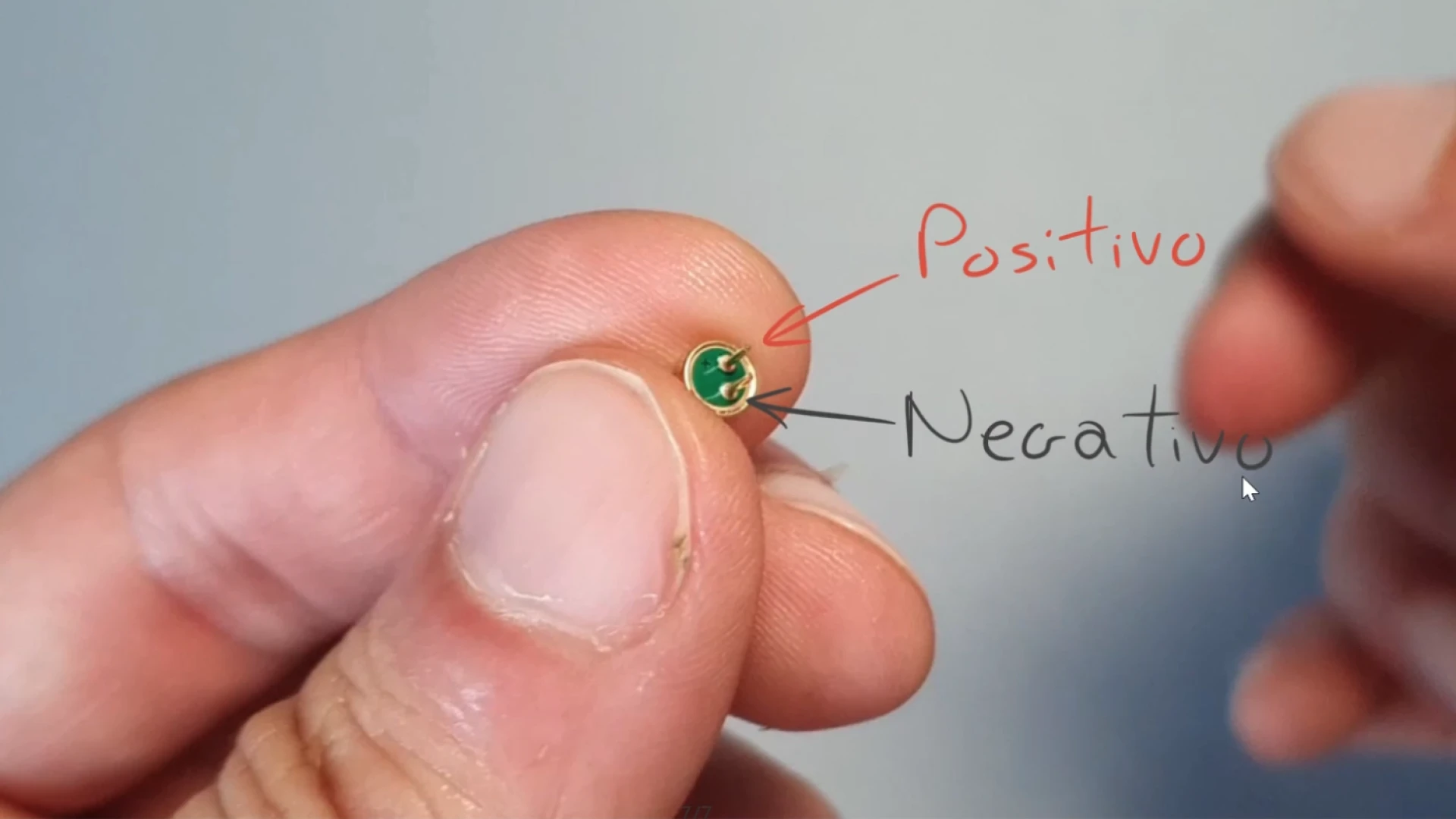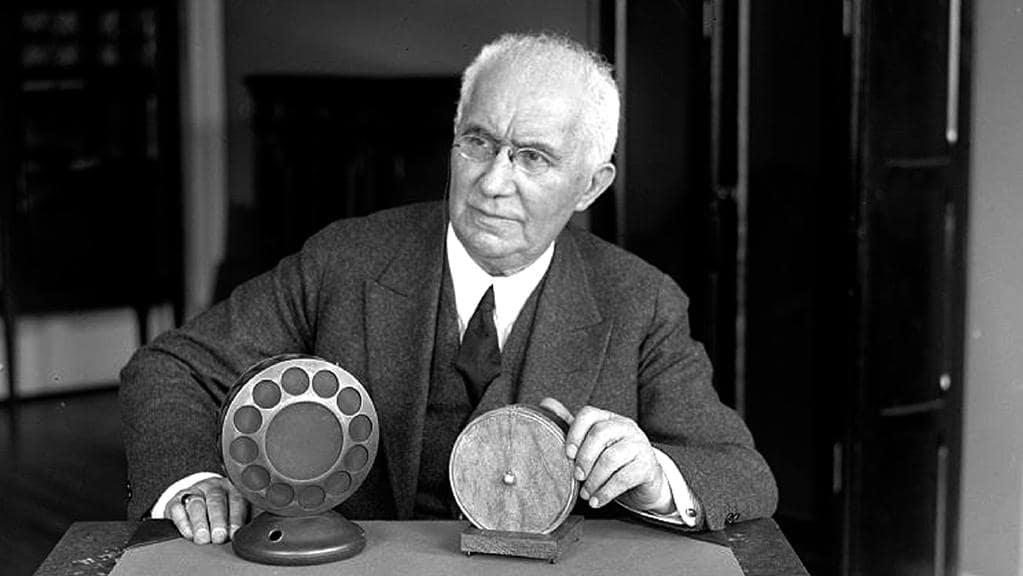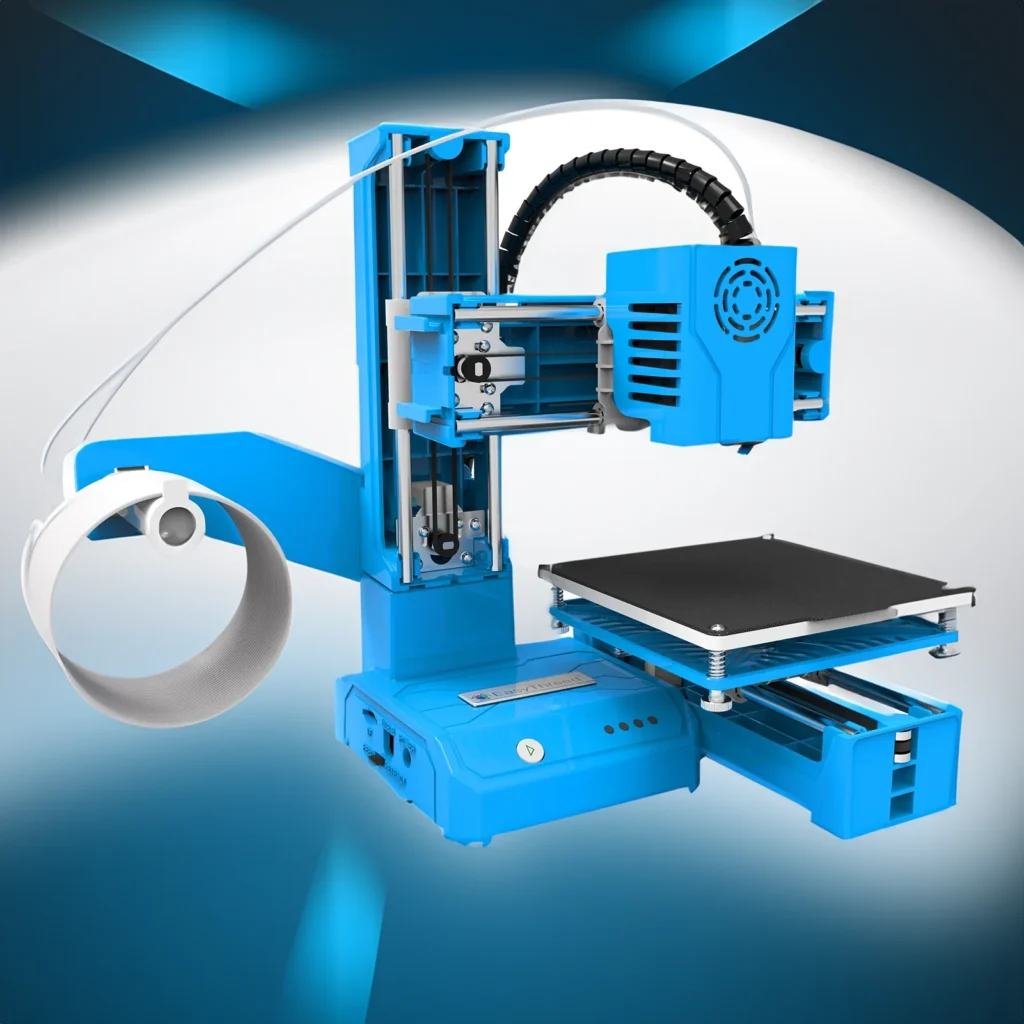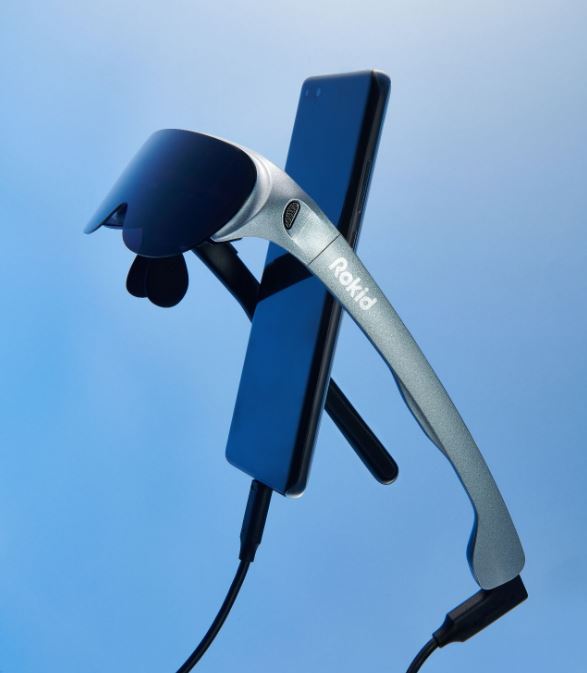Text written by artificial intelligence with the prompt “Can you create an article for my website based on this video I made?”
In 1877, a brilliant German scientist who emigrated to the United States, named Emile Berliner, revolutionized the world of audio by inventing the first microphone. Since then, technology has made great strides, bringing increasingly advanced and accessible devices to the market, including the current trend of wireless microphones.
All this to tell you that I bought some lavalier microphones from Aliexpress. What do you think they sound like? Well, a microphone from the 1920s sounds better than those gadgets.
How does a microphone work?
A microphone is a device capable of converting air vibrations into electrical energy. When we speak into a microphone, the air vibrates due to our voice and ends up hitting and vibrating the diaphragm, a thin membrane that vibrates like our eardrum. This movement is transmitted to a copper coil, which is located within a magnetic field created by a magnet. The result? An electrical signal is generated that can then be amplified to make it audible or recorded.
Despite this fascinating process, there’s an issue with low-cost microphones: the sound quality is often lacking. As demonstrated in the test, cheap microphones tend to produce noises indistinguishable from those made by a hippo marking its territory!
DIY Microphones: Is It Possible?
Did you know that anything capable of converting air movement into electricity can become a microphone? We tried using common objects, like speakers and even a piezoelectric lighter. And surprisingly, it works! Although the results weren’t perfect, I had fun experimenting with different DIY solutions, proving that it’s possible to build a microphone with simple and readily available materials.
A Fun but Educational Fail
During the video, I also experimented with graphite, trying to turn it into the coil of a microphone. Unfortunately, the resistance of pencil graphite is too high, and the signal obtained is virtually nonexistent. However, this attempt led to an unexpected success: now I can draw with my CNC using a pencil, and I even created a portrait of ElectroBOOM!
Despite the challenges encountered, the process allowed us to learn a lot about how microphones work and discover new creative possibilities.
Conclusions
Although cheap microphones may seem like a good deal, their quality often leaves much to be desired. If you’re looking for a microphone for quality recordings, it’s better to invest in a more reliable device rather than relying too heavily on low-cost options. On the other hand, experimenting with everyday objects to create DIY microphones is an educational and fun experience.
So, my advice is: have fun experimenting!





